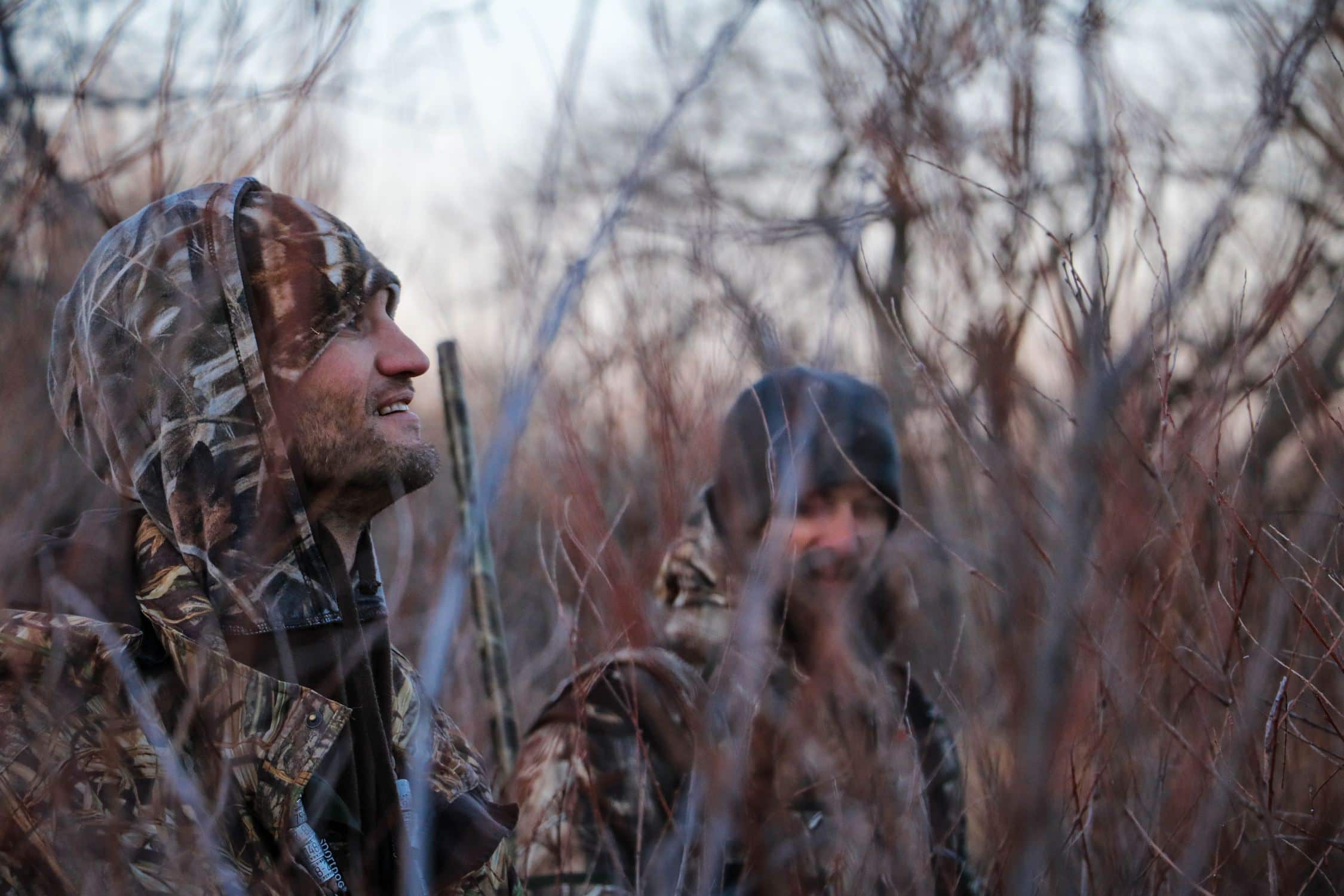Big Game Logic is reader-supported. When you buy through links on our site, we may earn an affiliate commission.
Mule deer hunting is an experience like no other. Western scenery is unmatched by anything else in the country. Mule deer are big, wary, and challenging to hunt. The land is vast and traversing hills and mountains will make your lungs burn. For eastern hunters unaccustomed to the ways of the muley, they can be downright frustrating. Here are my top five tips for first time mule deer hunters.

Be In Shape
Hunting muleys in Wyoming or Colorado is a completely different experience from hunting whitetails in Ohio. This isn’t stand hunting. You are going to put a lot of miles on your boots and mule deer territory is rough country. If you’re not prepared for it, you are going to spend a lot of time huffing, puffing, and stumbling over yourself.
If you are not fit, start exercising at least six months ahead of the trip. Start with brisk walks in your neighborhood but be sure to do some intensive hiking as well. State parks and forests often have rudimentary paths that are great primers for western hunts. Walking on these paths provide cardiovascular workouts and improves coordination.
Keep an Eye On The Calendar
In August and September, muleys tend to be in the higher elevations. Bucks are in bachelor groups this time of year and when you see one buck, there are often several more with them so be patient before pulling the trigger. On warmer days, bucks will typically bed on shady slopes and will hold to any available cover in desolate areas. In most muley states, the rut takes off in early November and continues throughout the month.
As bucks begin to seek out does and snow begins to build up in higher elevations, they move into the foothills and lower areas. Younger bucks can be found herding up with does while mature, trophy animals usually bed in by themselves a short distance from the herd. They will move into the group to breed as does go into estrus.
The Three-Quarter Rule
During early or late season, bucks typically bed about ¾ of the way up a ridge. This is also where you should walk while stalking them. Thermal currents exist on hills and mountains. As the sun warms the earth, heat rises up out of the valley and scent travels with it.
If you are walking the valley bottom your scent will be broadcast throughout the ridge and warn any bedding deer of your presence. If you are walking the ridgeline, you will be easily spotted. Walking a ridgeline at ¾ offers the best opportunity to sneak up on a muley and if he escapes over the ridge, you can simply slip over the ridge as well and still have a shot.
Get Off The Road
There was a time when you could head west and spot big muleys from the road. Hunters simply hopped out of their trucks and put the crosshairs on a deer. For the most part, those days are gone. Try to find an out of the way logging road or two track and take it back a mile or two off the main road. From there, head down into a canyon or mountainside.
Most hunters will stay out of areas like that because it’s hard work to get in there and even harder to pack a deer out. Again, this takes some effort, but that’s where the deer are.

Judging Antlers
Perhaps the most difficult aspect of mule deer hunting for eastern whitetail hunters to master is judging antlers. A twenty inch whitetail spread is a heck of a deer. They typical mature mule deer buck will have a 24 inch spread with trophy animals in the 30 inch range. Muleys have huge ears with an average tip to tip spread of over 20 inches. Mule deer bucks also tend to have taller antlers. A typical configuration is two forks on each side. Brow tines are usually only about an inch long.
If you’re happy with any buck, by all means enjoy your hunt. However, if you are looking for a wall hanger, get to some taxidermy shops and outdoor stores to study mounts. Get a good idea of what trophy animals look like from different angles and distances. Mule deer are often shot at long distances and deer taken at long distances have a habit of shrinking after the shot.
Mule deer hunting is enjoyable for me because it is so different from hunting in my home state of Wisconsin. There is something about hunting in mountains and wilderness areas that fuels my sense of adventure. If you’ve never experienced it, I highly recommend heading west for muleys. Even if you come home empty handed, it’s a trip you will never forget.
